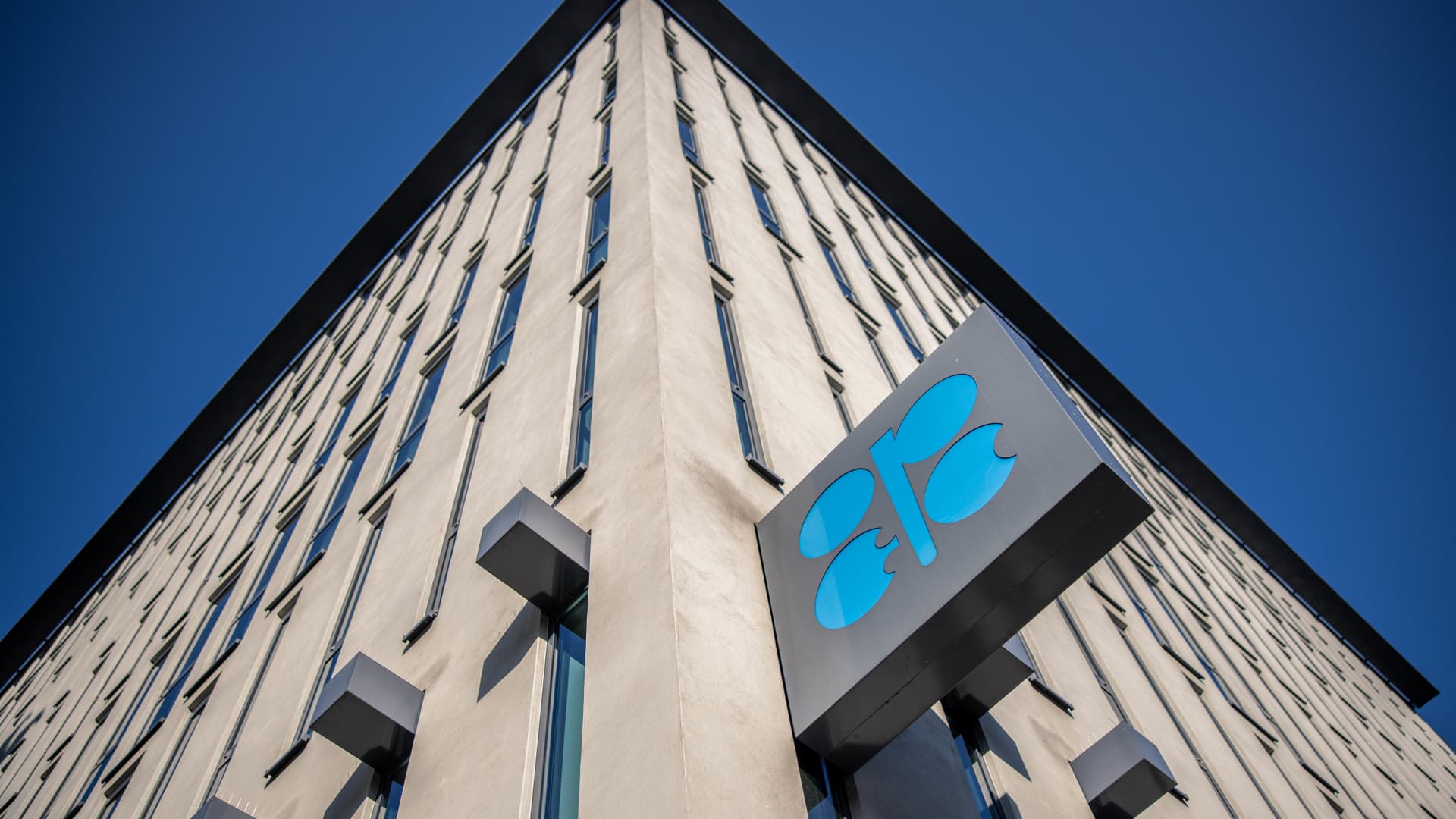The detailed plan laid out by OPEC+ over the weekend to increase oil production delivered a “bearish surprise” to a market where prices were already under downward pressure, according to Goldman Sachs. Eight OPEC+ members, led by Saudi Arabia and Russia, agreed Sunday to gradually phase out voluntary production cuts totaling 2.2 million barrels per day (bpd) over a 12-month period starting in October. Under the plan, more than 500,000 bpd would return to the market by December, and 1.8 million bpd would come back by the middle of next year with the cuts completely phased out by September 2025. The market did not like the news with U.S. crude oil selling off more than 3% Monday in the fourth consecutive session of losses and the worst day since January 8. West Texas Intermediate and Brent hit four-month lows of $73.98 and $78.16, respectively, during the session. The two benchmarks have now erased most of their gains for the year, up just 3.5% and 1.7%, respectively. WTI was down again early Tuesday. The bearish OPEC+ meeting has increased downside risk for Goldman’s Brent forecast of $75 to $90 per barrel, Dan Struyven, head of oil research at the investment bank, told clients in a note after the Sunday meeting. The decision to increase supply comes as global oil inventories have risen more than expected recently, expanding by an average 900,000 barrels per day over the past three months, according to Goldman. OPEC+’s move to boost supplies starting in October is “a bit of a head scratcher,” Bob Yawger, executive director of energy futures at Mizuho Securities, told clients Monday. The cartel will add barrels when refineries are down for maintenance, demand is low after the end of driving season, and heating season hasn’t begun, Yawger said. “The structure of the market is weakening,” Yawger told CNBC, with traders having little reason to buy oil for delivery in November or December due to worries that prices will fall on more OPEC+ supply. OPEC+ plan difficult to reverse The OPEC+ members said the production increases are subject to market conditions and could be reversed. The group is unlikely to go ahead with the plan if the market deteriorates substantially, Helima Croft, head global commodity strategy at RBC Capital Markets, told clients in a Sunday note. But Goldman’s Struyven said it will be difficult for OPEC+ to backpedal after the announcement: “The communication of a surprisingly detailed default plan to unwind extra cuts makes it harder to maintain low production if the market turns out softer than bullish OPEC expectations,” the analyst said. OPEC+ is adding supply to meet the group’s forecast that demand will grow by 2.2 million bpd in 2024, said Andrew Lipow, president of Lipow Oil Associates. But it is far from clear that OPEC has set the correct supply and demand targets. Struyven described OPEC’s forecast as “very bullish,” with Goldman forecasting demand growth of 1.5 million bpd in 2024. Meanwhile, the U.S. is on course to produce a record amount of oil this year, Lipow told CNBC. Market could deteriorate in 2025 The oil market will remain in balance or in a slight deficit for the time being, according to Ryan McKay, senior commodity strategist at TD Securities. But the fundamentals “could quickly begin to worsen in 2025” as OPEC+ adds barrels at the same time that production outside the cartel is set to increase, McKay told clients in a Monday note. JPMorgan also sees trouble in 2025 with demand growth slowing to 1 million bpd as the post-pandemic rebound dissipates, energy efficiency increases and electric vehicles gain ground. At the same time, supply outside OPEC+ is set to surge by 1.8 million bpd from large offshore projects in Brazil, Guyana, Norway and Senegal, according to the investment bank. JPMorgan sees Brent averaging $75 per barrel in 2025, down sharply from $83 in 2024, with prices for the global benchmark falling below $70 per barrel by the end of next year. OPEC+ is essentially “stuck in a box,” Lipow said. The group has implemented nearly 6 million bpd in production cuts since October 2022, which is equivalent to about 6% of global oil demand, according to a JPMorgan analysis. Yet those cuts have failed to limit shale oil production in the U.S., Lipow said. Given all these challenges, odds that crude will reach $100 per barrel doesn’t seem rational these days, Yawger said, short of a total geopolitical disaster in the Persian Gulf or Arabian Peninsula. “It’s very, very highly unlikely,” the analyst said.
OPEC+ decision to increase oil supply is a ‘bearish surprise’ for the market, Goldman says











